Genetic diversity and structure in Egyptian indigenous sheep populations mirror patterns of anthropological interactions

Authors:
Human exchange networks are instrumental in influencing gene flow among domesticates. Here, we investigated levels of within- and between-population genetic diversity in 289 animals from six indigenous sheep populations in Egypt (Barki, Farafra, Ossimi, Rahmani, Saidi, Souhagi) and 119 individuals of Awassi breed from Egypt, Turkey and Syria using 13 autosomal microsatellites. Although our analysis revealed genetic differentiation between Souhagi and other Egyptian populations, and between the Awassi from Egypt and the ones from Syria and Turkey, most likely due to reproductive isolation, Bayesian analysis identified two gene pools underlying the ancestral genetic diversity while multivariate analysis identified nine genetic clusters which could be subdivided into four broad genetic groups. Further analysis revealed that this genetic structure was the result of the exchange of genetic stocks along the Nile River valley and the Mediterranean Sea coast, but, minimal gene flow between flocks found in the Northern, Central and Southern Egypt across the Western desert. Our results support the fact that human interaction networks have shaped the genetic architecture of domestic animals while harsh environments such as deserts tend to limit human interactions and hence gene flow among domesticates.
